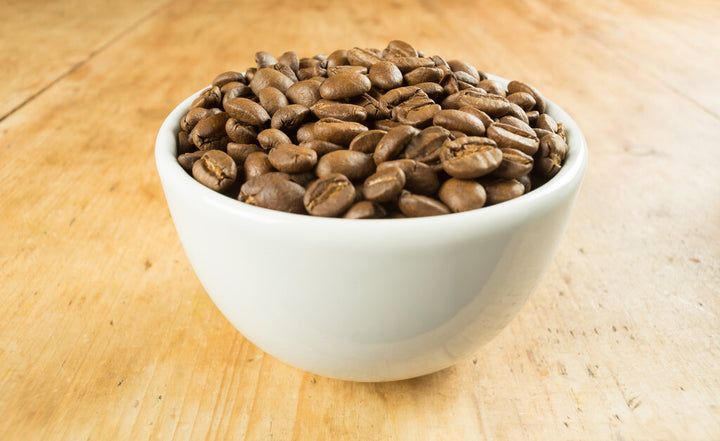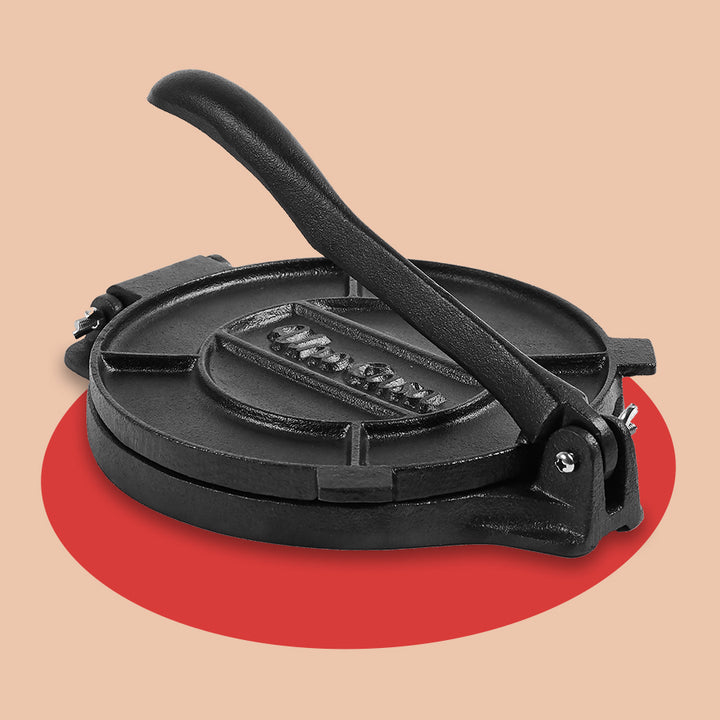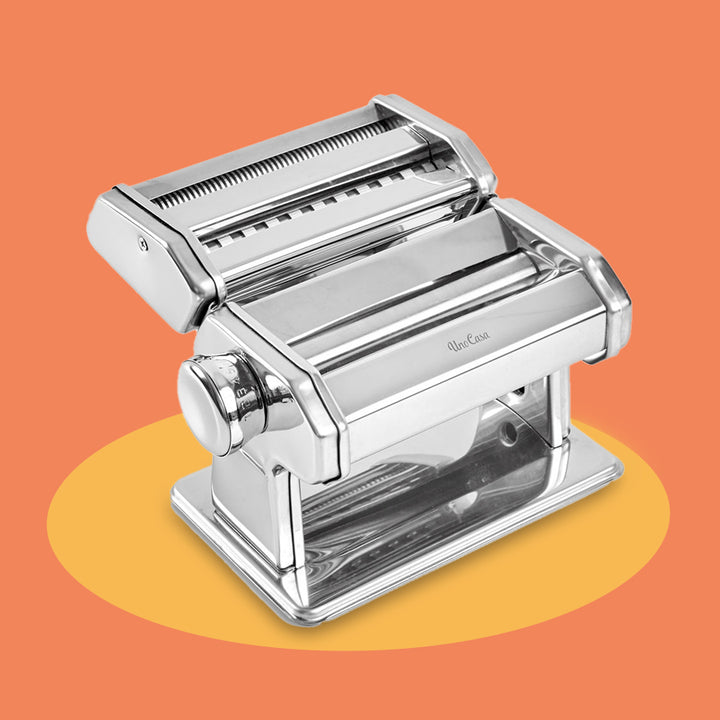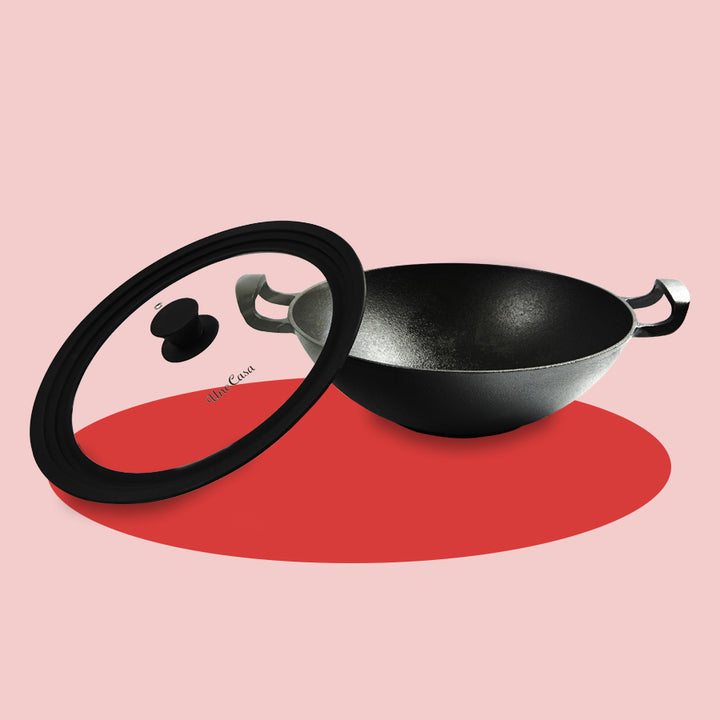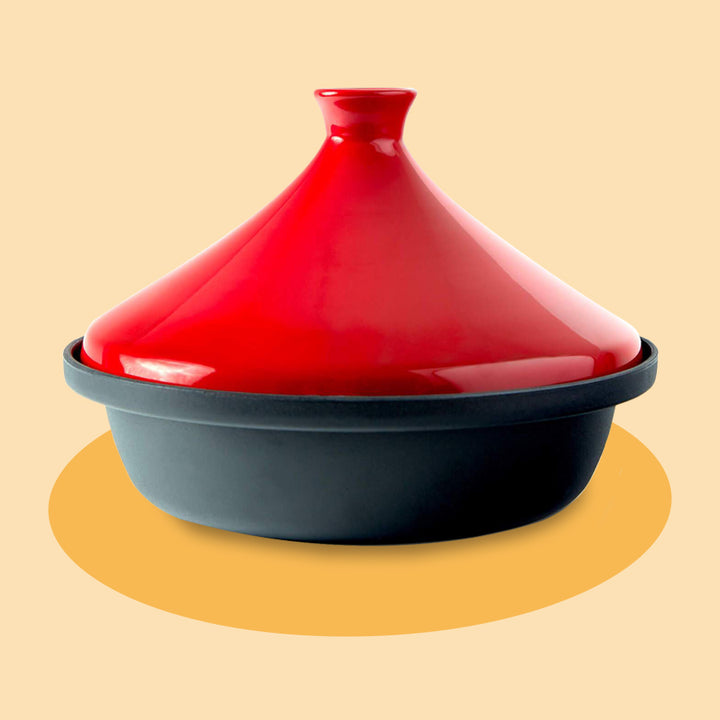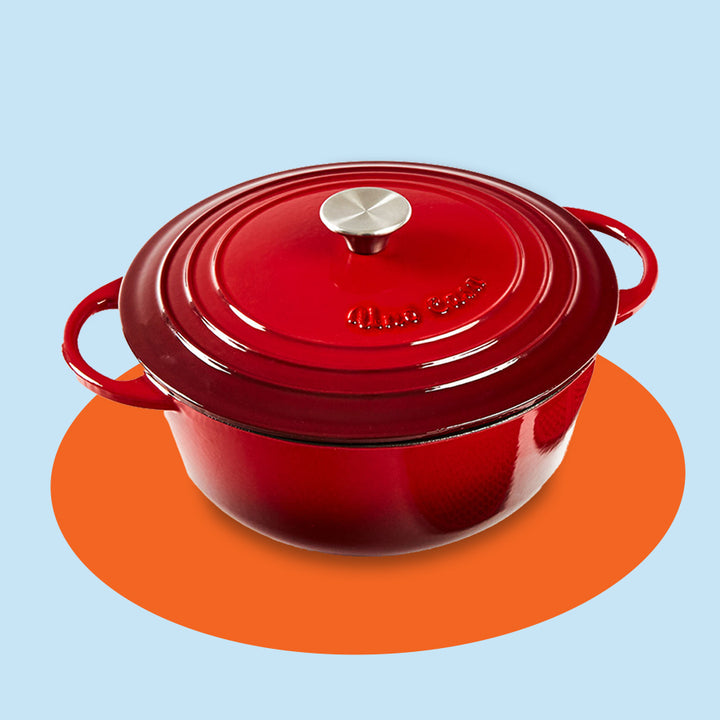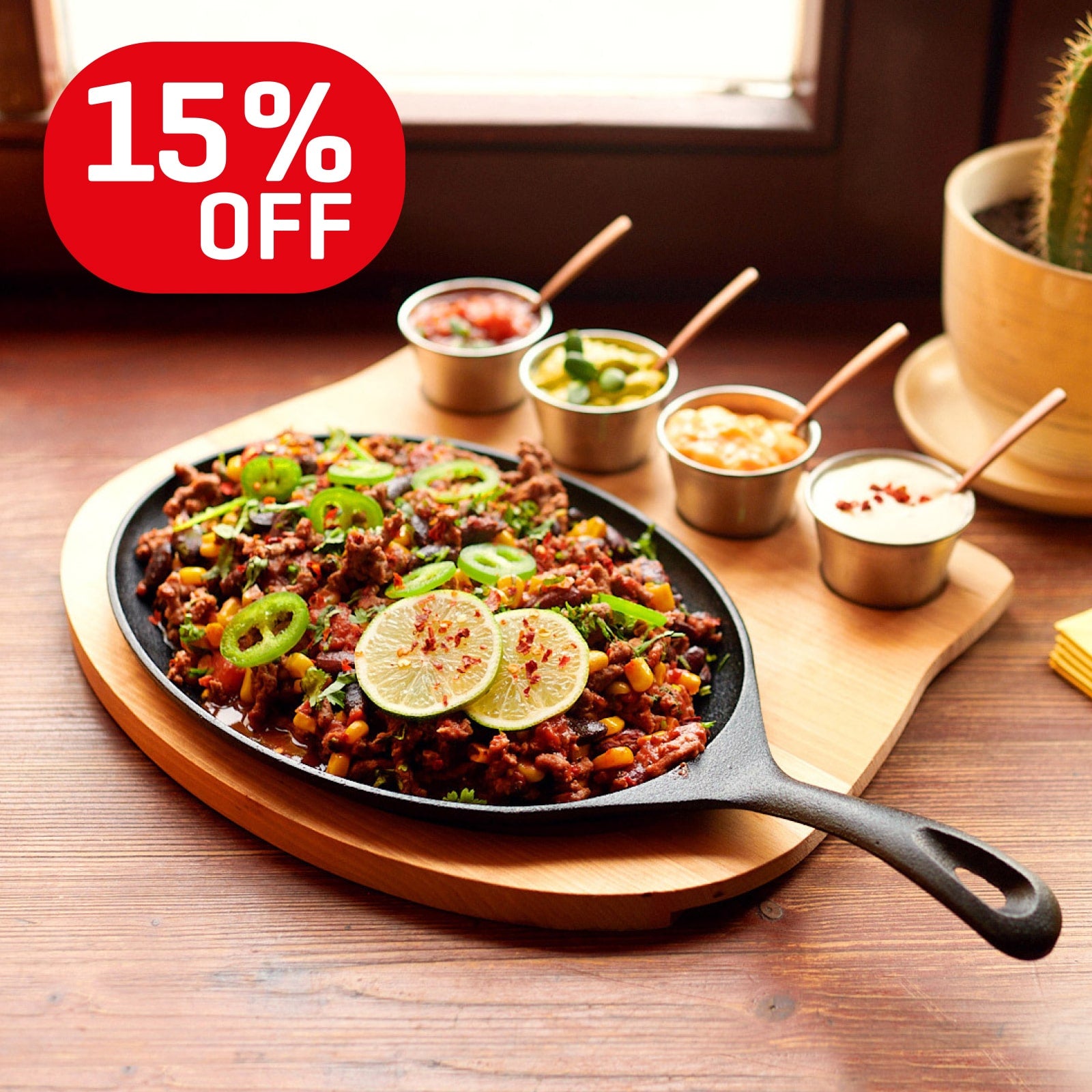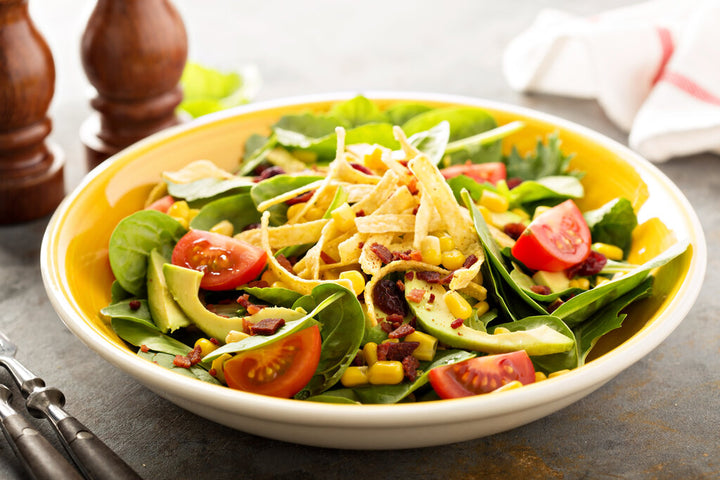History of Tacos: Straight From The Mexican Mines And Into Our Bellies

Tacos may seem like a Mexican staple that’s been around for centuries. Modern Mexican street tacos have much more recent origins, as far as experts can tell, beginning deep in Mexican silver mines. Get a taste of the history around delicious tacos and follow our tacos information and facts below.
Today, we see tacos everywhere and in every form - carnitas, barbacoa, al pastor, adobada, and countless other variations of this corn-based tortilla wrap in authentic Mexican food. Though the taco came from Mexico, it seems to be one of the most universally loved foods, spreading worldwide.
The origin of the word taco comes from the Nahuatl’s “tlahco,” translating to “half, or in the middle” in English, describing the way we fold this tasty flatbread before eating it.
Taco background: A piece of ancient Mexican culture
The origin of tacos begins with corn. Sometime around 3,000 BC, Mexicans excavated the “Valle de Tehuac” and hybridized grasses to create the corn plant. Indigenous cultures viewed corn as the foundation of humanity or the seed of life. They even believed humans were built of corn.
Ancient culture revered corn because it quite literally kept them alive and improved their overall quality of life drastically.
Corn kernels are nixtamalized with an alkaline treatment to remove the husk, then ground into a fine corn flour base of our favorite tortillas. Historians date the first traces of nixtamalized corn back to the Olmec culture back in 1,500 BC, meaning they likely included a basic corn flatbread in their diets.
The famous Moctezuma used these corn tortillas to scoop and hold his food after a hot stone preparation. Years later, after Hernan Cortez overthrew the Aztec empire, he fed his soldiers banquets of corn tortillas and pork.
Taco facts and the development of the modern taco
When was the taco invented?
Though tacos may seem ancient and the ancient word is Aztecan, it simply referred to something folded. Tacos are one of the newer developments in the world of Mexican cuisine. Though we can’t say with complete certainty how tacos came to be, we’re taking you through this spicy, carb-filled delight’s taco history timeline, according to the experts.
Where were tacos invented?
Authentic Mexican tacos in their modern form developed sometime in the 19th century in the booming Mexican silver mines. The first true type of taco was the “taco de minero,” or “miner’s taco.”
And though we can’t say for sure, experts believe that “taco” referred initially to gunpowder wrapped in a thin piece of paper, used to blow up holes in the rock face and excavate the ore. It’s easy to see how a tasty tortilla wrap may have resembled them, earning the taco’s modern moniker. A small taco, taquito, looks exactly like a small stick of dynamite and might burn as badly as one for those not well acquainted with chile spice!
From there, tacos spread through the working-class of Mexico, with taquerias popping up to offer modestly priced meals. Migrant women brought the taco to Mexico City to sell, and the city quickly transformed into the country’s biggest taco hub.
In 1908, the city of Cuautla, Morelos birthed tacos made with sausage, chorizo, green sauce and pork rinds, mole Verde, and many more modern favorites. Eventually, these tacos made their way to the capital, Cuernavaca.
The last 100 years in the history of tacos
Taco baskets
A giant Mexican economic crisis and job shortage caused Tlaxcala residents to develop a famous modern taco-selling technique.
Jobless citizens began building and selling taco baskets, a practice kept up today. Taco makers assemble taco baskets each morning, then leave their homes by bike to sell their delicious foods in areas with heavy foot traffic. These days, you’ll see many “taqueros” selling by van for speed and increased bulk.
The famous “tacos al pastor”
Tacos al pastor are of particular note not because they’re delicious, which they are, but because they mark the first time an outside culture affected this Mexican-born dish.
During the 1930s and 1960s, there was a massive Lebanese migration to Mexico. As Mexicans tried the foods of this foreign culture, they began to recreate some of their favorite foreign dishes. Mexicans made al pastor as a shawarma or gyro recreation with a necessary protein and marination adjustment due to ingredient availability.
Taco Bell & the Americanized Mexican food explosion
Mexican migrants initially brought tacos to America when they came to find work on railroad construction in the southern states. In the early 1900s, the Mexican taco carts lined Los Angeles, with the women running them called chili queens. At the time, most Americans considered tacos a lower-class street food. The American taco ingredients were quite different from the Mexican versions, as taqueros had to work with ones available to them locally.
The hard taco shell seems to be an American invention, likely created due to their longer shelf life than their softer counterparts. Though the hard taco shell was around for as many as ten years before Taco Bell first opened, this new Mexican-American fast-food restaurant saw its popularity explode.
Taco Bell’s big beginnings
Glen Bell created Taco Bell in 1962, and though the taco was already a well-established Mexican food, Taco Bell brought it to the mainstream by building a franchise to sell these tacos countrywide.
What’s interesting about these wildly popular restaurants is that there were virtually none in highly-populated Mexican areas. Basically, Taco Bell was selling an American version of Mexican food to non-Mexicans. In this way, Taco Bell was likely so successful because it gave Americans, many of whom had never eaten Mexican food before, a chance to try out new and seriously delicious cuisine.
Fast-food tacos: Convenience over authenticity
Authentic Mexican street vendors couldn’t keep up with the pace of tacos cooked by Taco Bell and other fast-food joints, but with good reason.
As we often see with fast food, we often give up some taste and quality in favor of convenience. If you taste a Taco Bell wrap beside one from a Mexican street taco vendor, there’s usually no flavor comparison. Not to say fast-food tacos taste bad, but they’re pretty “watered down” in terms of traditional flavor.
To make tacos a modern convenience, Bell used and perfected the recipe for fried, hard, U-shaped shells so you could instantly stuff tacos with premade fillings to order.
Where do tacos stand today?
Today, there are several delicious fast-food restaurants to choose from, like Chipotle and Taco Bell, and even more authentic street vendors in every major and minor American city.
Mexican restaurants offer plenty of authentic Mexican dishes like traditional tacos cooked to order, often owned by Mexican migrants or their children.
You can find Mexican food as authentic or Americanized as they come - tacos are such a large part of the American diet that many people set a date for “taco night” once a week, with a taco holder and a few freshly chopped ingredients.
This Mexican food manages to hold a pretty big spot in the bellies of every culture!
Leave a comment
Comments will be approved before showing up.
Also in Tips
